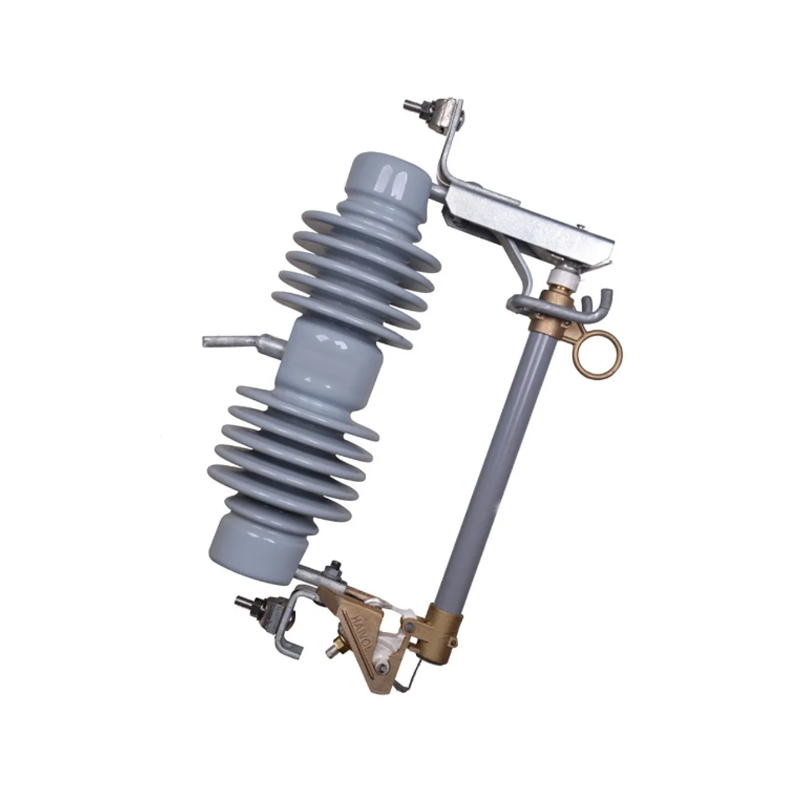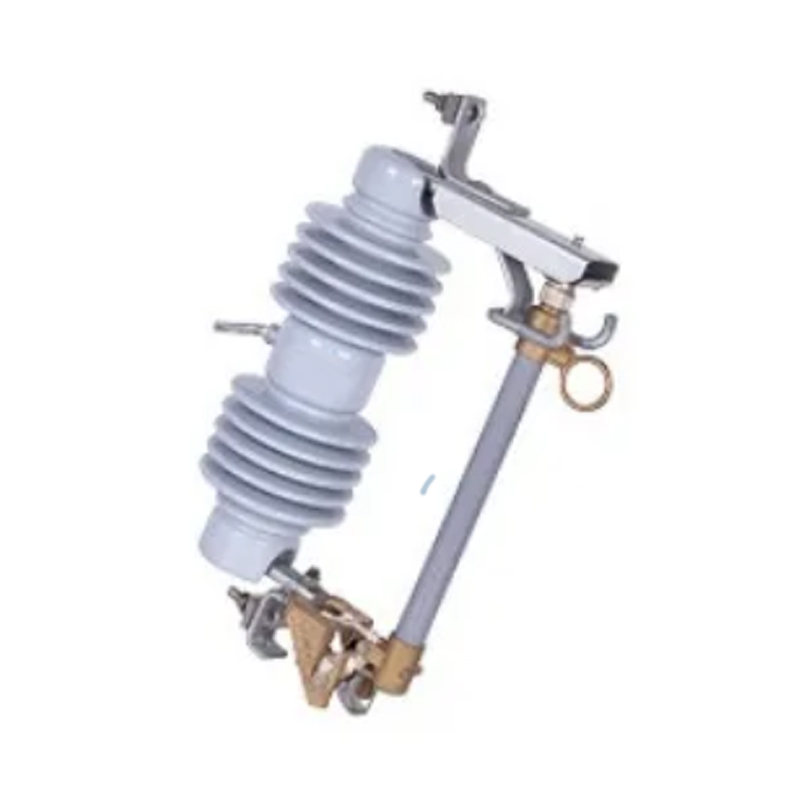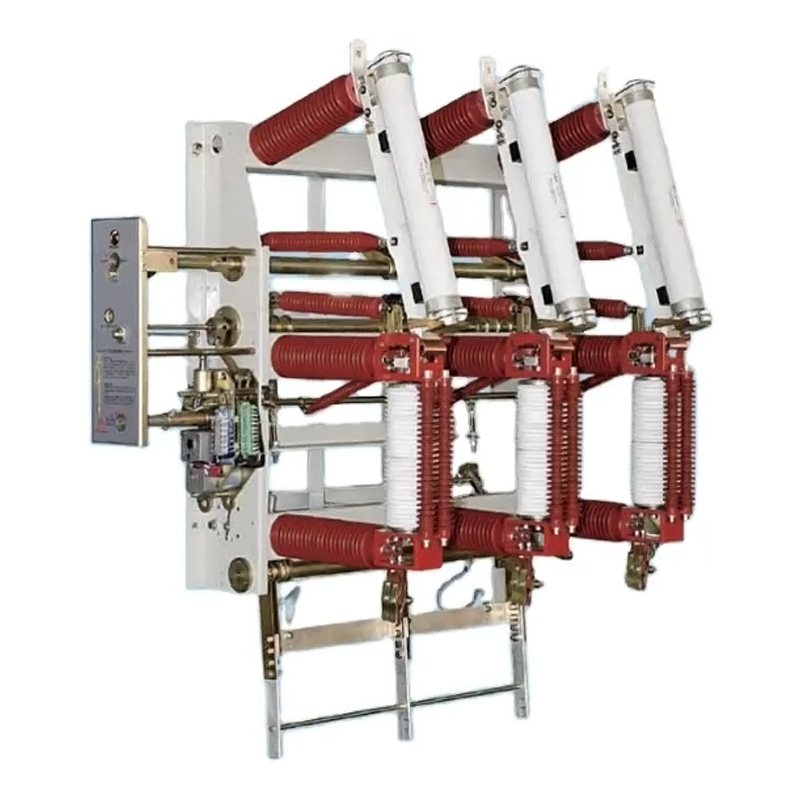Design Ring Main Unit RMU Wholesaler Exporter Manufacturing
A Ring Main Unit (RMU) is a key component in modern electrical distribution systems, designed to ensure the reliable and efficient distribution of electrical power. RMUs are commonly used in medium voltage networks, typically ranging from 6 kV to 36 kV, and play a critical role in maintaining the stability and safety of electrical grids.
The Ring Main Unit is designed with several essential components that work together to manage and distribute electrical power efficiently. The main structural elements include:
Enclosure: The enclosure of an RMU is typically constructed from robust materials such as stainless steel or fiberglass-reinforced plastic. It is designed to withstand harsh environmental conditions, including exposure to weather, dust, and mechanical impacts. The enclosure is equipped with access doors for maintenance and operation, often featuring secure locking mechanisms.
Switching Devices: RMUs contain various switching devices essential for controlling and isolating electrical circuits. These include:
Circuit Breakers: Protect the system by interrupting the electrical flow in the event of faults such as overloads or short circuits. Modern RMUs often use vacuum or SF6 (sulfur hexafluoride) circuit breakers for reliable performance.
Load Break Switches: Designed to switch circuits under load conditions. They are used for routine switching operations and can be operated manually or remotely.
Isolators: Provide a means to isolate specific sections of the network for maintenance or safety purposes.
Busbars: Busbars are metal bars or strips that conduct electrical power within the RMU. Made from materials like copper or aluminum, busbars are designed to handle significant current loads and ensure efficient power distribution between various components.
Protection and Control Equipment: RMUs are equipped with protection relays, control panels, and measurement devices. Protection relays monitor electrical parameters and trigger circuit breakers when faults are detected. Control panels enable operators to manage and monitor the RMU, while measurement devices provide data on voltage, current, and other electrical parameters.
Earthing System: An effective earthing system is crucial for safety. It provides a path for fault currents to flow safely to the ground, reducing the risk of electrical shocks and equipment damage. The earthing system is integrated into the RMU design, including grounding rods or plates.
Cable Terminations: Cable terminations connect the RMU to external circuits. They are designed to handle the voltage and current requirements of the system and ensure secure and reliable connections.
The primary function of an RMU is to manage and control the distribution of electrical power in medium voltage networks. Key functions include:
Power Distribution: RMUs are used to distribute electrical power from the main supply to various branches or sections of the network. They ensure that power is delivered efficiently and reliably to different areas or equipment.
Fault Protection: RMUs play a critical role in protecting the electrical system from faults. Circuit breakers and protection relays within the RMU detect faults such as overloads or short circuits and disconnect the affected sections of the network to prevent damage and ensure safety.
Isolation: RMUs provide isolation capabilities, allowing specific sections of the network to be disconnected for maintenance or repair. This ensures that maintenance work can be carried out safely without affecting the entire system.
Control and Monitoring: RMUs include control and monitoring features that allow operators to manage the system effectively. Control panels enable operators to perform switching operations and monitor system status. Measurement devices provide real-time data on electrical parameters, helping to optimize system performance and identify potential issues.
Flexibility: The ring main configuration allows for flexibility in power distribution. In a ring main system, power can flow from multiple directions, ensuring that if one section of the network experiences a fault, power can be rerouted through other paths to maintain supply continuity.
Ring Main Units (RMUs) are essential components in medium voltage electrical distribution systems, offering key functions such as power distribution, fault protection, isolation, and control. Their robust design and versatile applications make them crucial for maintaining the reliability and efficiency of electrical networks across various sectors.



 English
English русский
русский عربى
عربى










